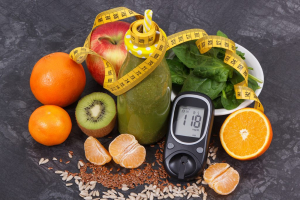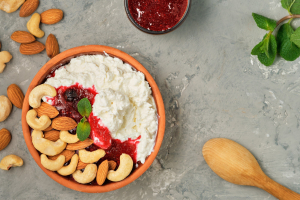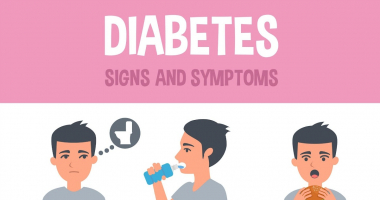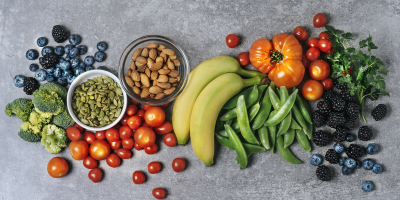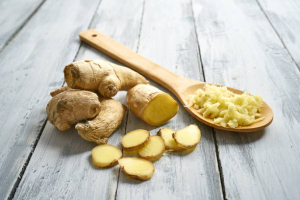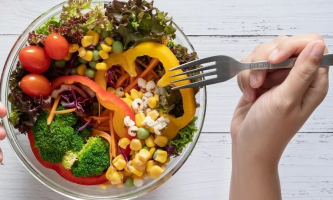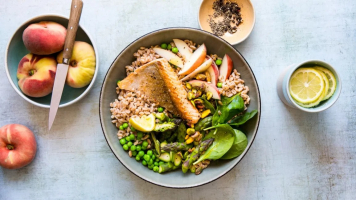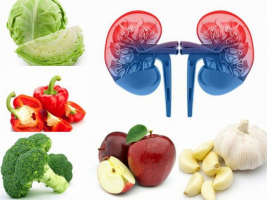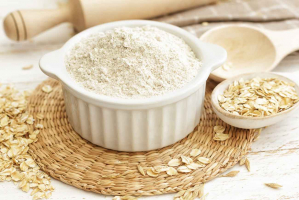Top 7 Healthier Pasta Tips for People With Type 2 Diabetes
You may have heard that pasta is a food to avoid if you have type 2 diabetes. If you like pasta and are ready to make a few changes to the classic recipe, you ... read more...may not have to say goodbye to this delicious dish. Below are some of the Healthier Pasta Tips for People With Type 2 Diabetes you can refer to!
-
Shifting traditional noodles for a higher-fiber version is an easy way to make your pasta dish more healthful. Whole-grain pasta is a great option because it contains more fiber, which can help to keep blood sugar levels in check. Uncooked semolina spaghetti noodles (approximately 1 cup cooked) provide 200 calories, 42 grams of carbs, and 3 grams of fiber. An equal serving of whole-grain spaghetti noodles, on the other hand, includes 180 calories, 39 grams of carbohydrates, and 7 grams of fiber, making it a good source of fiber.
Whole wheat pasta is healthier than white pasta since it is made from whole grains and therefore high in nutrients including complex carbs, protein, fiber, iron, magnesium, and zinc. It is helpful to your general health to switch to whole grain pasta and other wheat products. It is beneficial in the following ways: improves your digestive health; helps lower your risk of heart disease, stroke, obesity, and more; provides vitamins that are essential for your body’s functions.
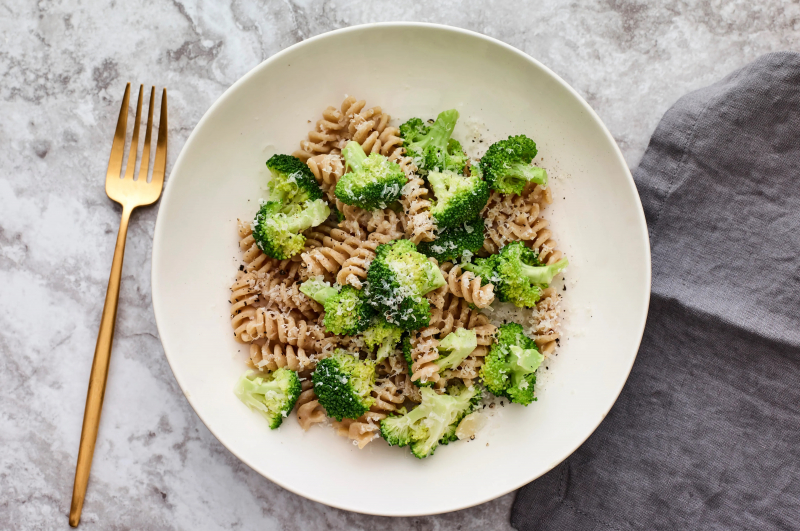
Choose Whole-Grain Pasta 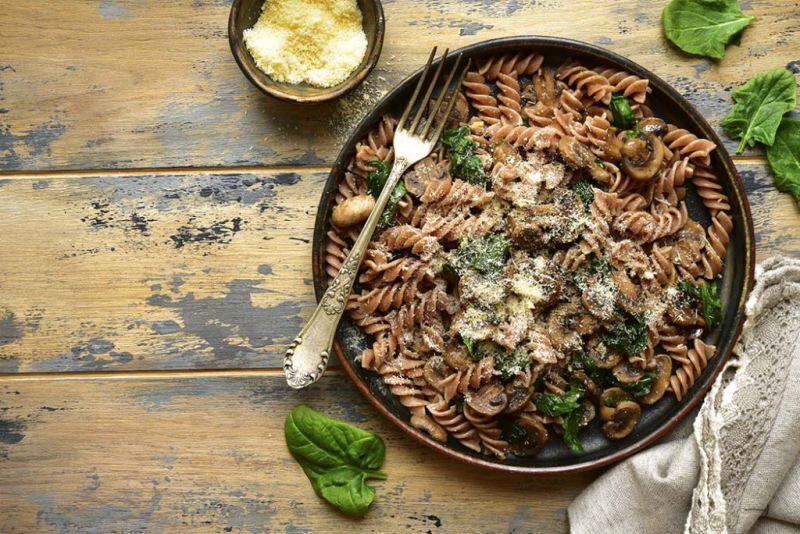
Choose Whole-Grain Pasta -
Adding color from veggies is a great way to make your bowl more diabetes-friendly. Centering your pasta dish on nonstarchy, naturally, low-calorie veggies boosts the amount of food while also adding vitamins and minerals.
Non-starchy vegetables are beneficial to diabetics since they have a low glycemic index due to their high water and fiber content, as well as the lack of starch. This means they will not increase your blood sugar as much as a starchy vegetable or other high-glycemic-index foods like ice cream or white rice. Kale, collard greens, arugula, broccoli, asparagus, cucumber, spinach, carrots, or mushrooms can all be used to fill half of your plate or bowl.
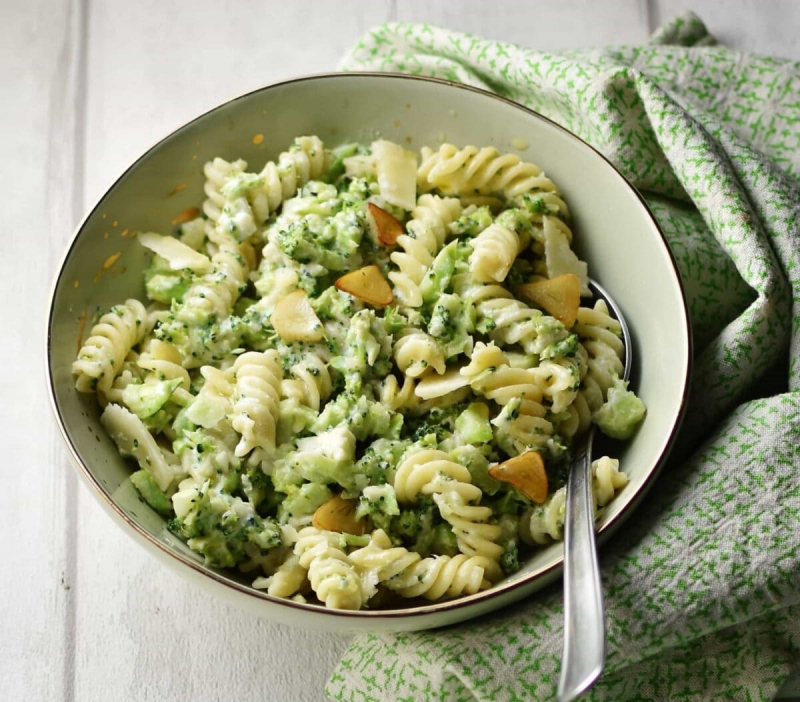
Make Veggies the Star of Your Bowl 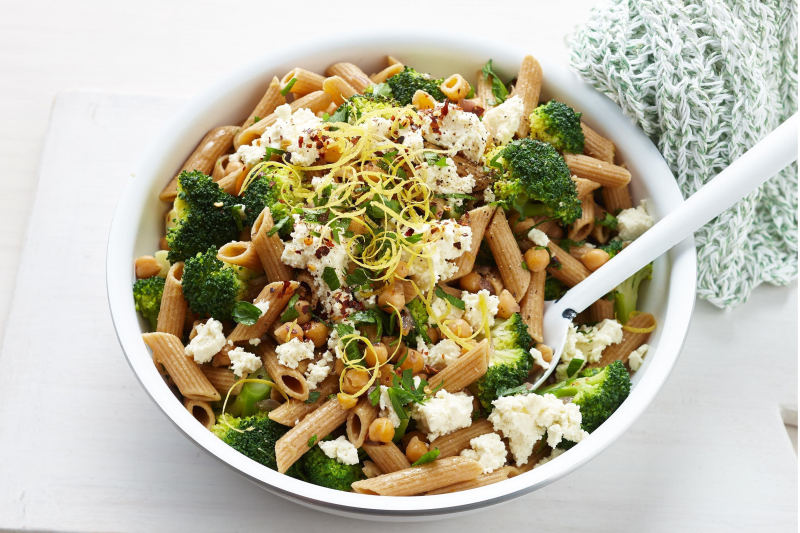
Make Veggies the Star of Your Bowl -
White sauce, like other "white" foods to avoid (white bread, white rice, white pasta), should be avoided while preparing a diabetes-friendly meal. Cream-based sauces have a higher saturated fat and salt content than other options. Because people with diabetes are more likely to have heart disease, it's important to eat heart-healthy foods that are low in sodium and fat.
Choosing sauces with olive oil and fresh garlic base, both of which may be beneficial to your heart. Olive oil, for example, is high in monounsaturated fat, which is a form of healthy fat. According to the Academy of Nutrition and Dietetics, it may help decrease cholesterol. Red pasta sauces, such as marinara or classic tomato, are also excellent choices since they have less fat and calories than cream-based sauces. Choose a jar with no added sugar and, ideally, no more than 15 grams of carbs and 140 milligrams (mg) of sodium per half-cup serving when buying packaged red sauce.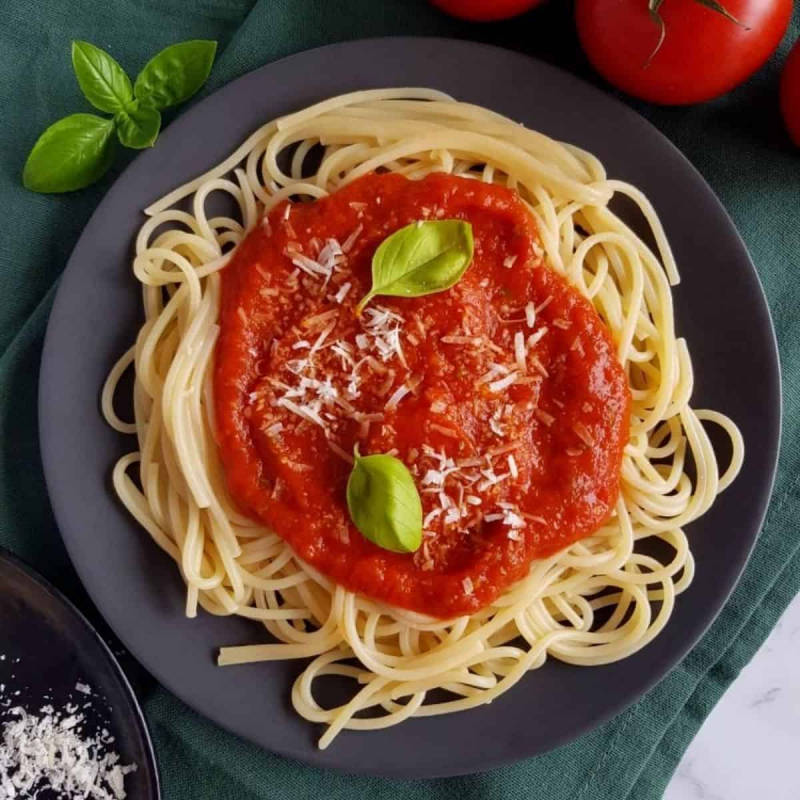
Skip Creamy Sauce By Using Oil- or Tomato-Based Sauce 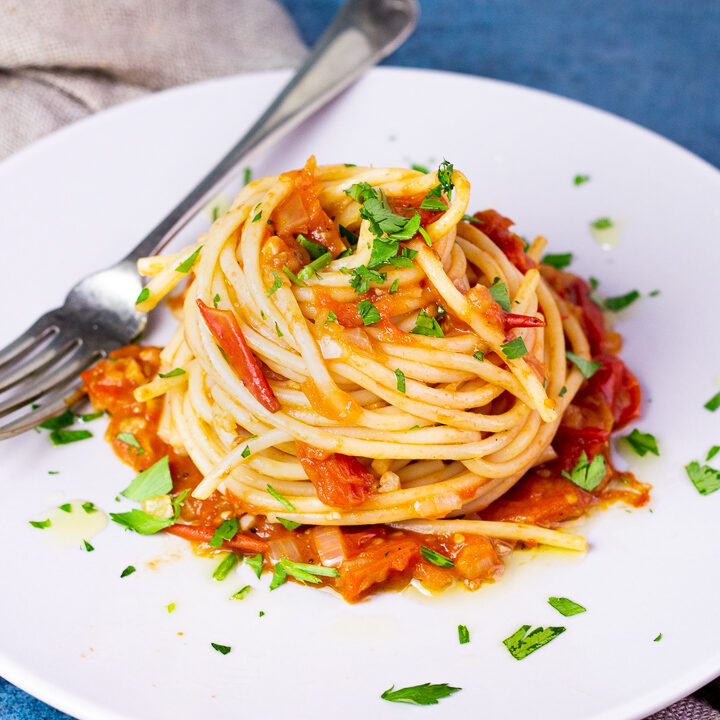
Skip Creamy Sauce By Using Oil- or Tomato-Based Sauce -
If you can't eat wheat or want to reduce the carbs in your pasta dish, consider making veggie noodles. Spiralizing or using a machine to slice veggies like sweet potato, cucumber, or zucchini into long, curly strands is a popular way to make them seem like noodles. It's fine to buy spiralized vegetarian noodles for ease of preparation.
According to the USDA, one cup of cooked zucchini spirals includes just 27 calories and 5 grams of carbs, but one cup of cooked whole-grain spaghetti noodles contains 180 calories and 39 grams of carbs. The same portion of zucchini also contains 23.2 mg of vitamin C and 476 mg of potassium, making it a rich source of both vitamins. Other low-carb veggie noodle options include bell peppers, broccoli, carrots, and beets.
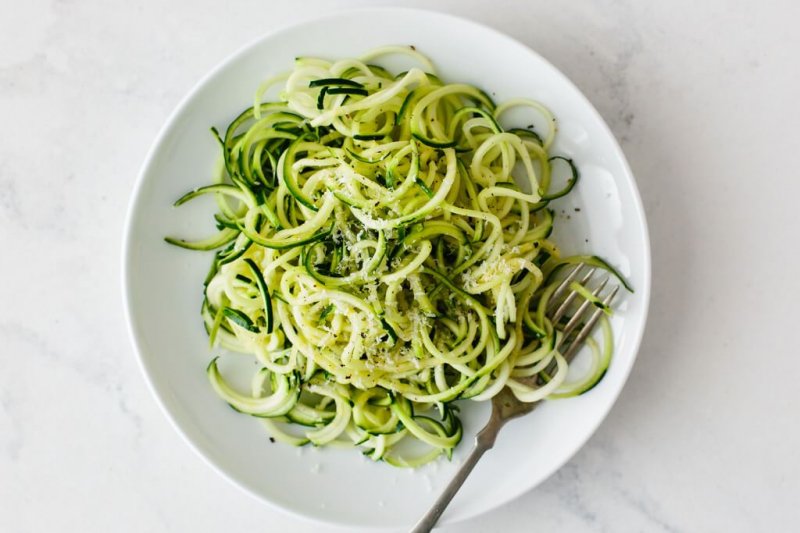
Experiment With Veggie Noodles 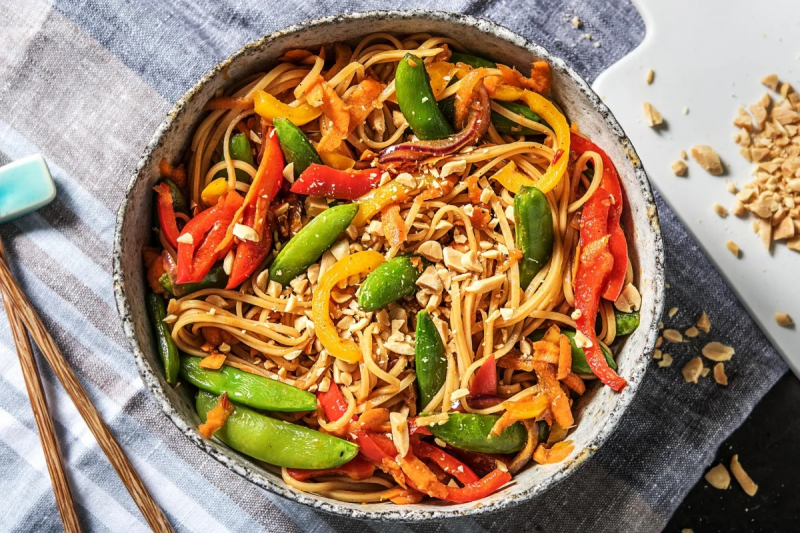
Experiment With Veggie Noodles -
When you're managing type 2 diabetes, it's important to keep portion sizes in mind when eating pasta. The objective is to avoid dangerously high blood sugar levels.
When eating pasta, it's important to include other food groups and portion management, aiming for one-quarter carbs, one-half vegetable, and one-quarter lean protein on your plate every meal. Furthermore, on a larger plate, a standard-sized serving will look small, leaving you dissatisfied. To avoid overloading, use a smaller plate. Or before reaching for a second serving, wait about 20 minutes. It may take a while for you to feel satisfied after eating. So fight the temptation to keep eating and see if you get that feeling.
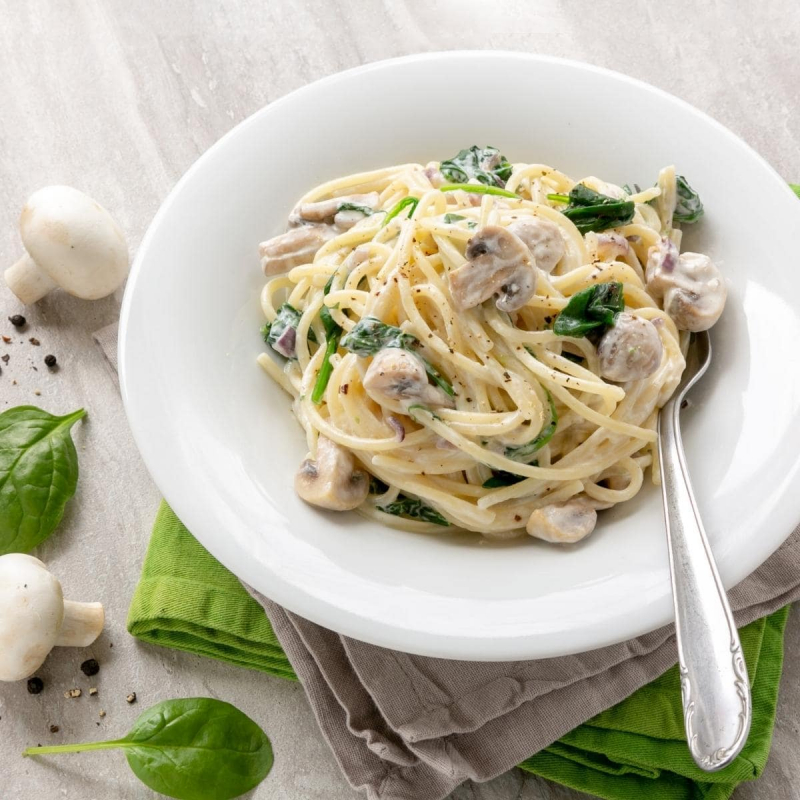
Practice Portion Control 
Practice Portion Control -
Protein is an important part of a well-balanced diet. Different types of proteins vary in their protein-to-fat ratio. Foods that are high in protein but low in fat are referred to as lean protein. Lean proteins include fish, dairy, and powdered peanut butter.
You may avoid a high blood sugar increase by combining a protein source with a carb-heavy dish like pasta. This is due to the fact that protein takes longer to digest than carbs. Plus, adding protein to your pasta can make it more satisfying, keeping you from overloading it with carbs. Choose skinless grilled chicken, ground turkey, or tofu as a lean protein source. According to the ADA, these foods have less saturated fat and sodium than red meat or processed meats like bacon.
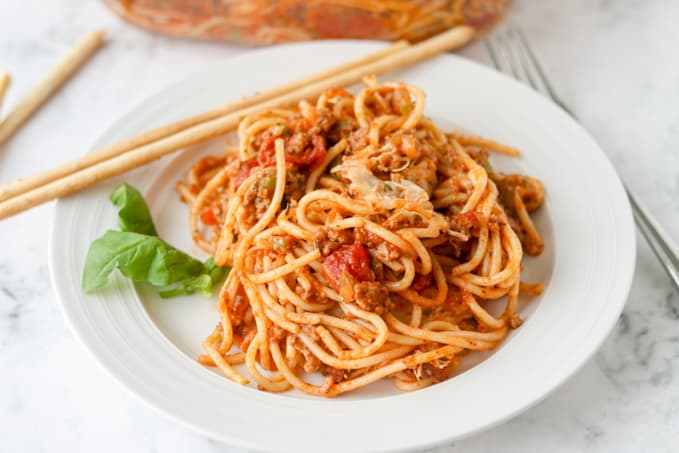
Feature a Lean Protein 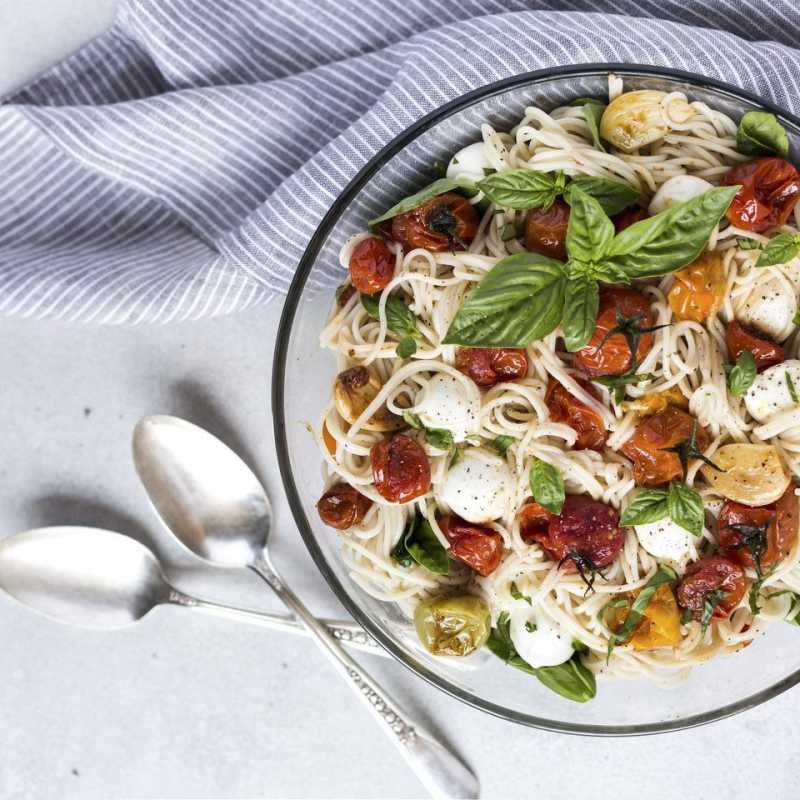
Feature a Lean Protein -
Cheese may be eaten safely by diabetics as part of a well-balanced, healthy diet. Moderation is key with cheese, as it is with other foods, and a diet high in cheese would be harmful to people with or without diabetes.
For diabetes-friendly pasta, people should choose healthful cheeses and serve them with foods that are high in fiber and low in calories. Choose white cheeses like mozzarella or parmesan, which are lower in fat and calories than other options, when it comes to diabetes-friendly cheeses. According to the USDA, one ounce of low-fat, part-skim mozzarella only provides 70 calories and 4 g of fat (2.5 g saturated fat). Ricotta and other fattier cheeses should be limited or avoided. Reduced-fat and nonfat cheeses are also good options.

Go Easy on the Cheese 
Go Easy on the Cheese









